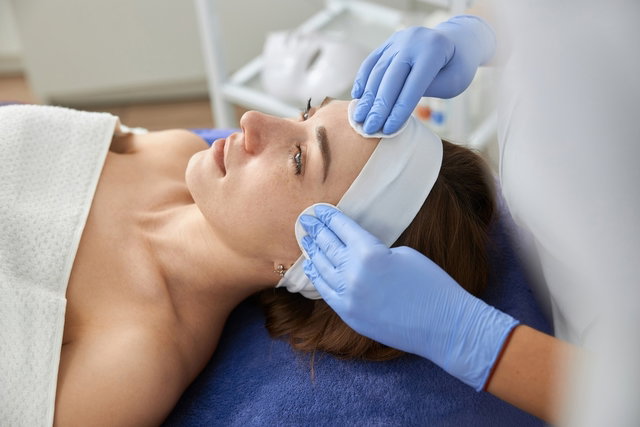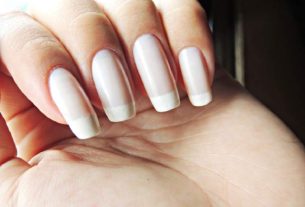Chemical peeling is a type of aesthetic treatment that is performed by applying acids to the skin to remove damaged layers and promote the growth of a smooth layer. It can be done to eliminate blemishes and expression lines, for example. Furthermore, chemical peeling can help stimulate collagen production and reduce skin oil, preventing the appearance of blackheads and pimples.
Chemical peeling must be carried out by a dermatologist or trained aesthetics professional to avoid serious complications, such as skin burns, for example. The number of sessions may vary according to the objective of the treatment and the type of peeling to be performed, which can be superficial, medium or deep.

What is it for
Chemical peeling can be indicated for:
- Reduce acne and accident scars;
- Renew skin layers, improving skin appearance;
- Reduce age or sun spots;
- Eliminate wrinkles and expression lines;
- Reduce skin oiliness;
- Increase collagen production;
- Prevent the appearance of blackheads and whiteheads.
The results of chemical peeling depend on the type of peeling, whether superficial, medium or deep, and the characteristics of the skin, with the result being more satisfactory on lighter skin.
Types of chemical peels
Chemical peeling can be done on the skin of the face, hands and neck to remove blemishes, acne marks and scars. Therefore, depending on the region, the chemical peeling technique can vary, the main types being:
- Superficial chemical peeling: removes the outermost layer of the skin, being great for lightening blemishes and removing acne marks or superficial wrinkles;
- Medium chemical peeling: acids are used that remove the outer and middle layer of the skin, being used to treat acne and deeper wrinkles;
- Deep chemical peel: removes layers of skin down to the internal level, and is recommended for cases of sun-damaged skin and other scars, such as those caused by acne or accidents.
The results of chemical peeling can be seen from the second treatment session, and during this period it is advisable to use a good moisturizing cream, with sunscreen, as the skin becomes very sensitive, red and tends to peel.
Post peeling care
After chemical peeling, the skin becomes very sensitive and, therefore, it is recommended to avoid exposure to the sun, use sunscreen every 4 hours and avoid touching the treated area. It is also important to use moisturizing creams to keep your skin healthy and prevent the appearance of blemishes and other damage. See how to make a homemade moisturizer for dry skin.
It is also important to wash the treated skin with a neutral soap, to avoid irritation of the area, and it is recommended to spray thermal water on the treated area to avoid redness and burning of the area. It is recommended to return to the professional who performed the procedure if the irritation is too great to recommend the use of corticosteroid cream, for example.
Bibliography
- TRUCHUELO, M.; CERDÁ, P.; FERNANDEZ LF. Chemical peeling, a useful tool in the consultation. . . . Spanish Academy of Dermatology and Venereology. Vol.108. 4.ed; 315–322,
- FIGUEIREDO, Vania et al. Chemical peels: review and practical applications. Surg Cosmet Dermatol. Vol.5. 1.ed; 58-68, 2013

Sign up for our newsletter and stay up to date with exclusive news
that can transform your routine!
Warning: Undefined array key "title" in /home/storelat/public_html/wp-content/plugins/link-whisper-premium/templates/frontend/related-posts.php on line 12
Warning: Undefined array key "title_tag" in /home/storelat/public_html/wp-content/plugins/link-whisper-premium/templates/frontend/related-posts.php on line 13




